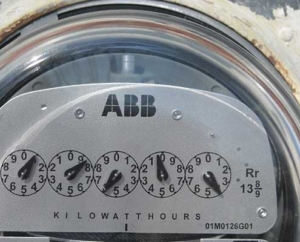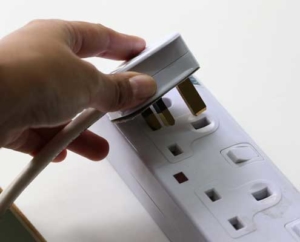How Do I Calculate Electricity Consumption?
There are many reasons why you should calculate your electricity consumption, and the two most important involve the environment and your finances. The campaign for greener energy has opened many people’s eyes to the negative impacts of electricity wastage. And, given the increasing costs of energy, it’s equally crucial you understand the financial impact of your electricity usage.
Luckily, calculating your electricity consumption doesn’t require a degree in maths and physics. It’s much simpler and anyone with a calculator should be able to do it. Once you understand what your electricity consumption looks like, you can start making adjustments which will benefit both the environment and your bank balance.
Calculating Your Electricity Consumption
You need to start by making a list of all the electrical appliances you use throughout the month. It’s best to stick to the most commonly used appliances as, otherwise, you will be spending far too much time in the pursuit of accuracy – a close estimate will suffice. Once you have your list of appliances, it’s time to calculate the watts per day they use. So, for example, if your oven is rated at 1500 watts and is used for two hours a day, the calculation is 2 x 1500 watts. This gives you 3000 watt hours.
You then need to convert this to kilowatt hours (the measurement used on your bill), and this is done by dividing an appliance’s watt hours by 1000. Therefore, for your oven, you would calculate 3000/1000 which gives you 3 kWh per day. You then need to determine what this adds up to over a month, so take your 3 kWh and multiply it by 30 (90 kWh per month). The final step is to check your electricity bill and find out what the rate is you pay per kWh. You can then multiply this by the total number of kWh you use in your property and calculate an estimated cost.
What Does Your Energy Calculation Tell You?
Ofgem has estimated that British homes, on average, use 2900 kWh per year (or 242 kWh per month). If you have calculated that your electricity consumption is higher than this, it’s going to be best to start reducing your consumption. This can be achieved by:
- Adopting LED lighting: a highly efficient and eco-friendly form of lighting, LED lights use around 75% less energy than traditional incandescent lighting. Whilst this will involve an initial investment, the long term savings mean LED lighting will quickly pay for itself.
- Use plug-in timer switches: these simple devices are a quick and easy way to cut your electricity consumption. All you have to do is plug the timer into a mains socket and then connect your electrical appliance into the pin openings on the timer. You can then set automatic times for your appliances to be turned on and off, a setup which will significantly reduce electricity wastage.
- Use an energy monitor: one of the best ways to minimise your consumption is by being aware of how much energy you are actively using. This is where an energy monitor steps in. Communicating with your electricity meter, an energy meter will display how much electricity is being used and its daily cost. And, once this real-time cost is constantly on display, you will soon find your electricity usage suddenly decreases.
For additional electrical articles please visit our main BLOG page here





